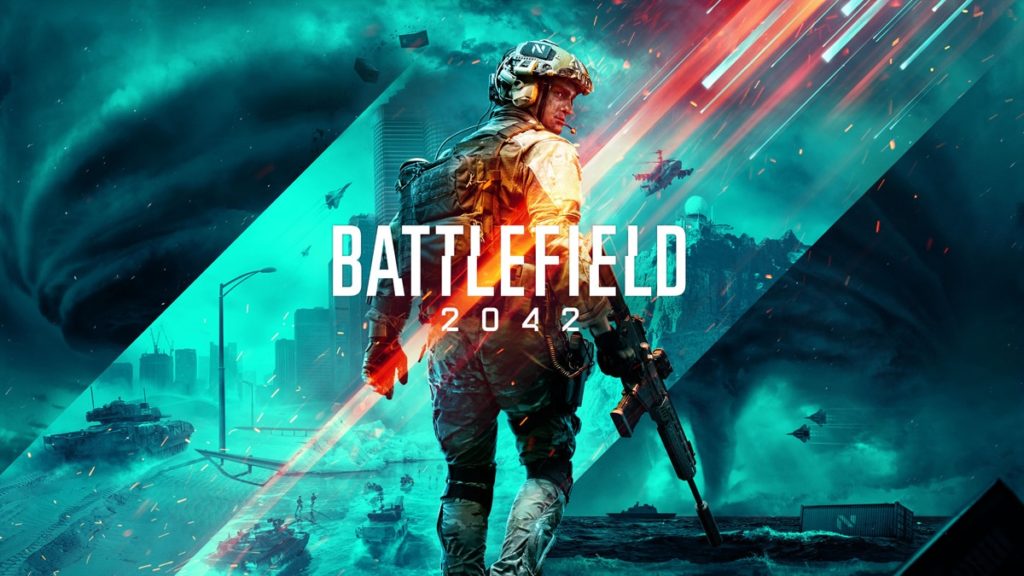- Joined
- May 28, 2019
- Messages
- 10,253
- Reaction score
- 7,179
Image: DICE
Early benchmarks have shown Battlefield 2042’s open beta requiring 16 GB of VRAM at 8K. A GeForce RTX 3090 and multiple Radeon cards were used in the tests. Up to 13 GB of VRAM was used at 8K in the Medium preset. The GeForce RTX 3090 manages an average of around 30 FPS at this preset. At Ultra, the frame buffer was filled with another 2 GB, bringing AMD cards to their 16 GB limit. At that point, none of the cards could go beyond 28 FPS.
The final game will have DLSS. DLSS could substantially improve the framerate on the GeForce RTX 3090, possibly bringing it closer to 60 FPS at medium. The GeForce RTX 3080 Ti was not used here, but similar results could be expected because of how it compares to the GeForce RTX 3090. There has been no word if FSR will be added to the game, which would also improve performance at 8K...
Continue reading...

